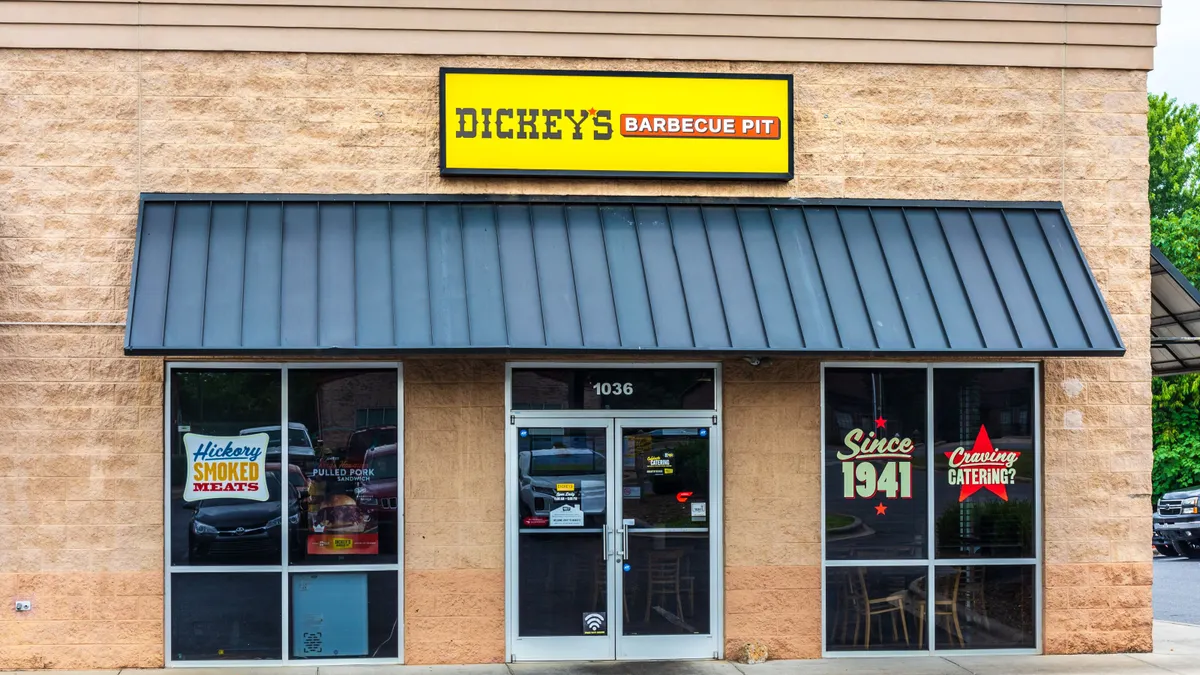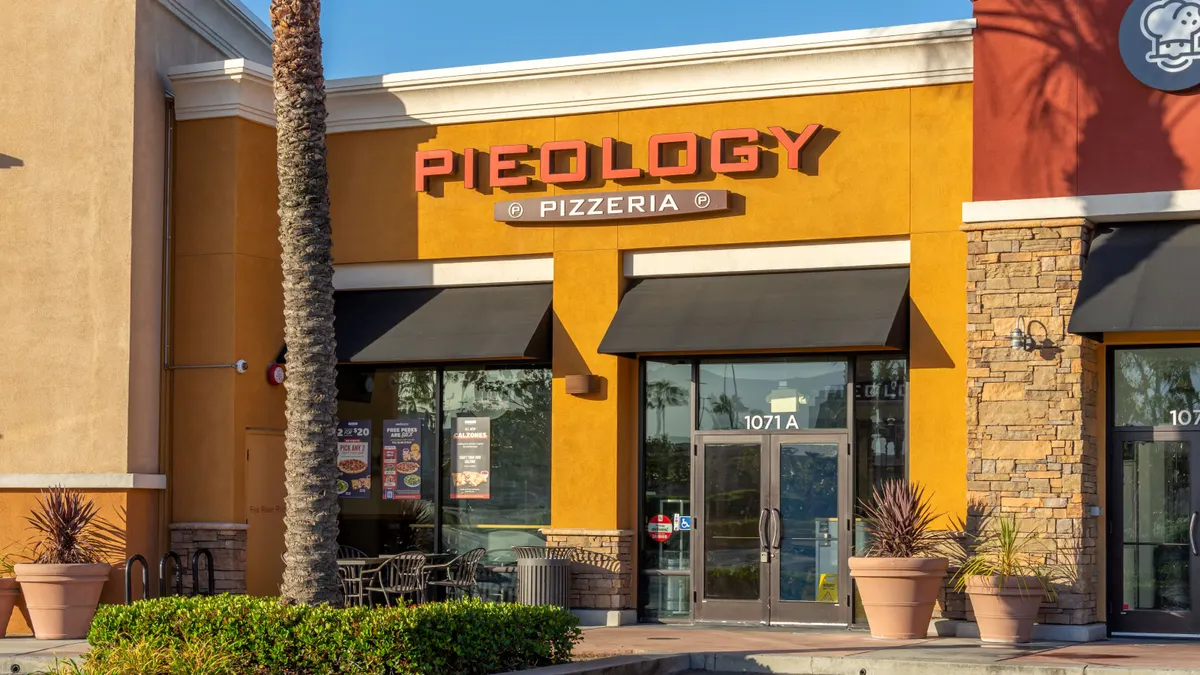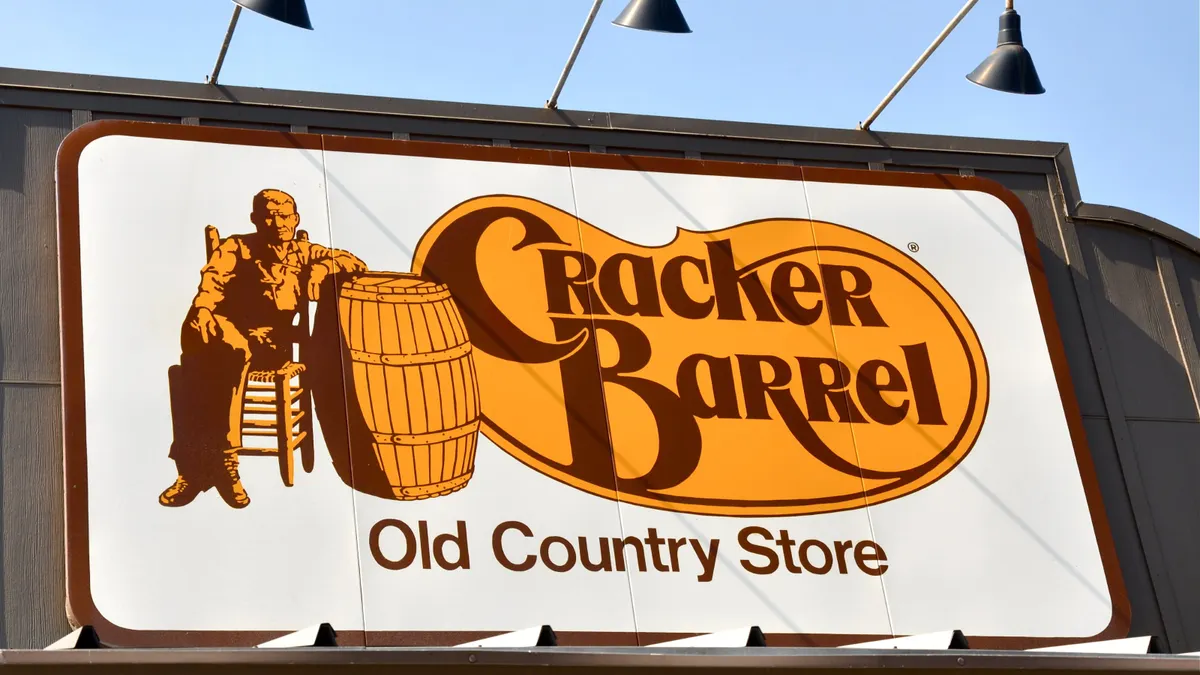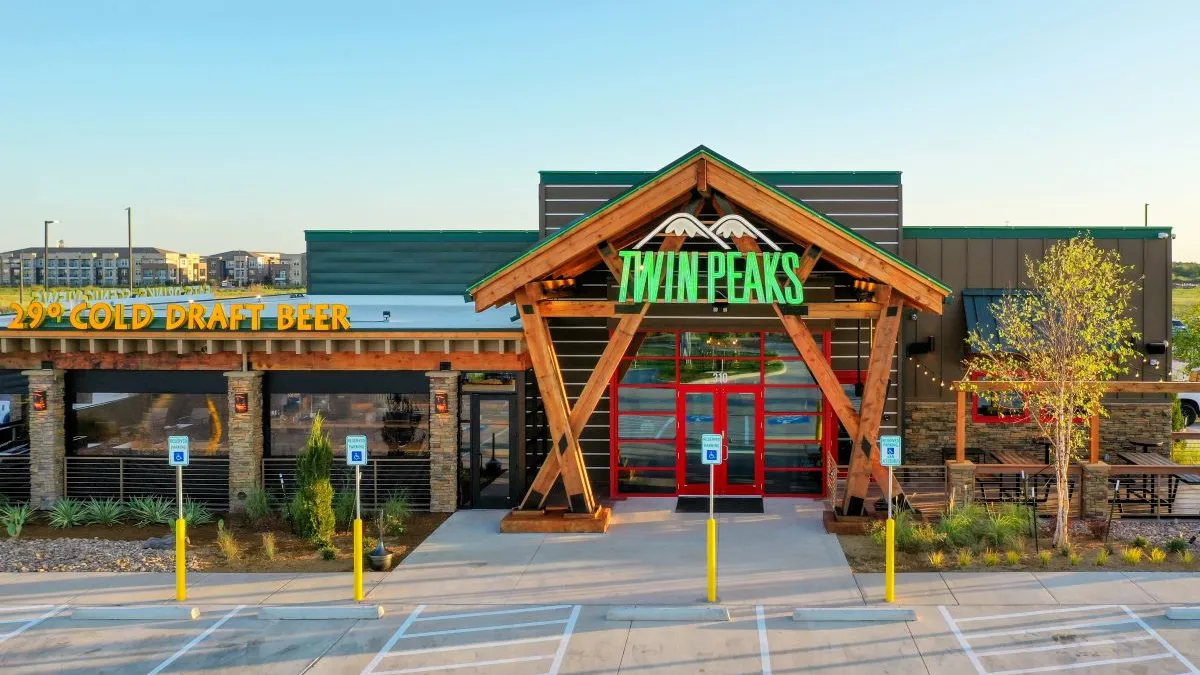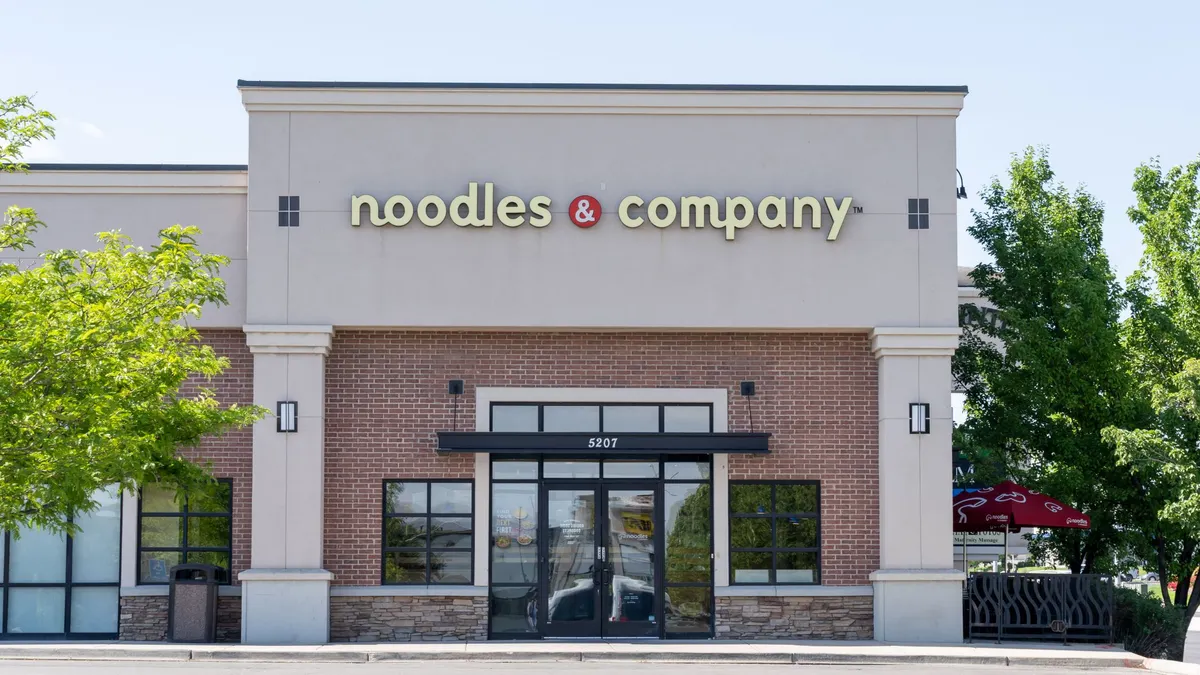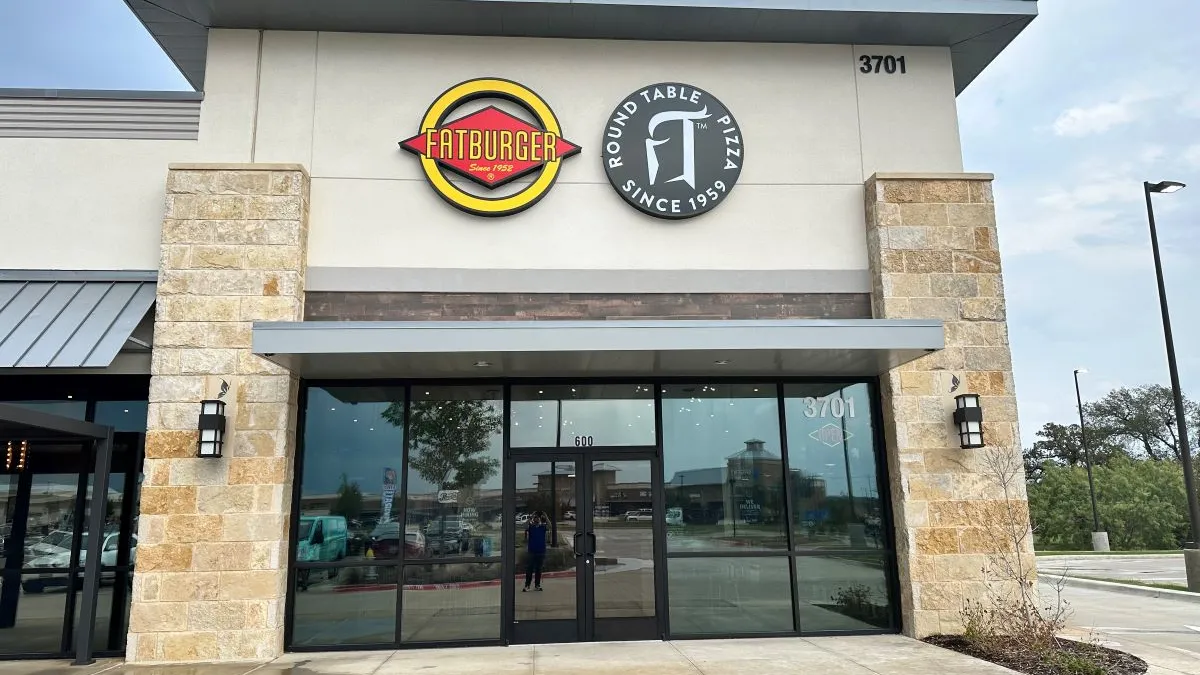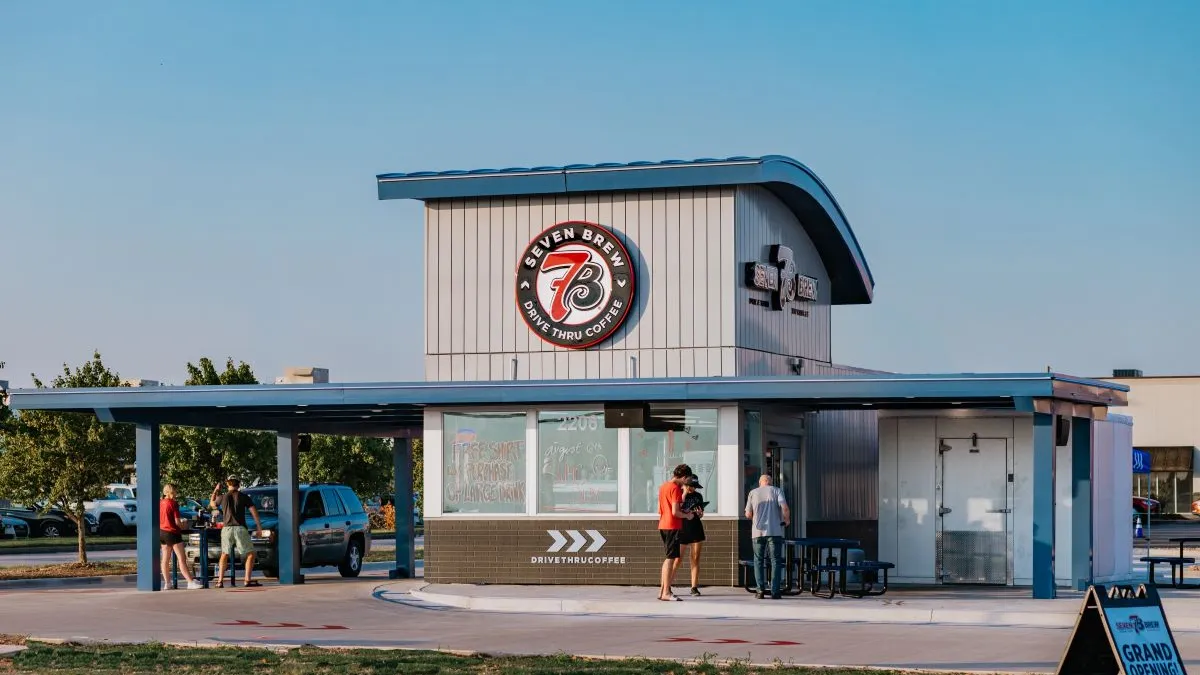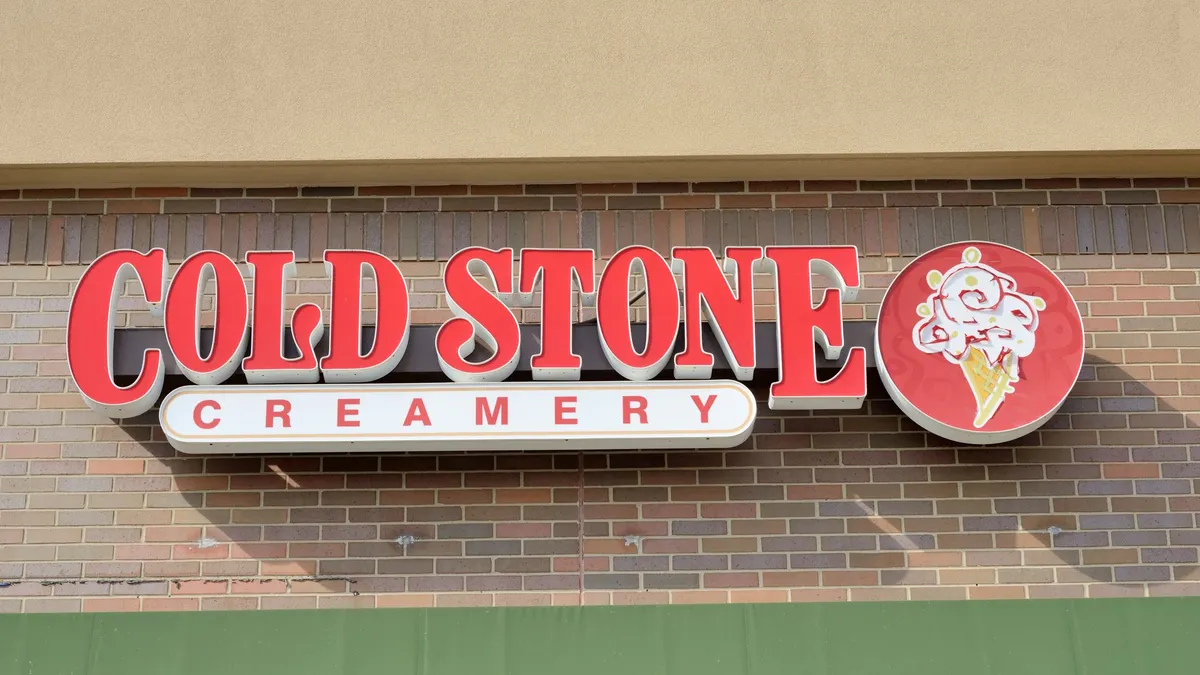Rising commodity and labor costs have hurt restaurant margins over the last 12 months and have triggered concern among lenders. Even though restaurants hiked menu prices to help profitability, it hasn’t been enough to impact core operating performance over the last year, said Erik Herrmann, CapitalSpring partner and head of restaurant investment group. As a result, operators are finding it increasingly difficult to secure a loan and acquire capital.
“[Operators] have to eat the margin squeeze in the meantime and that’s been painful for folks depending on the nature of their concept, and what type of commodities they’re buying,” Herrmann said.
This environment has made fewer traditional banks willing to lend to restaurants. Interest rates have also nearly doubled, making it more expensive to take out a loan, he said.
CapitalSpring manages about $2.3 billion of active capital commitments and has invested in over 70 different restaurant brands, from quick-service chains to fast casual and casual restaurants. Given this portfolio, it has endured the impact of restaurant problems ranging from labor shortages to rising commodities costs, Herrmann said.
Restaurant Dive spoke with Herrmann to learn more about how these conditions impact restaurants’ ability to acquire capital, and alternate strategies they can take when seeking financing.
This interview has been edited for clarity and brevity.
Restaurant Dive: What are the top financing challenges that restaurants face?
Erik Herrmann: You really have two discrete issues coming together right now. You have headwinds and operating challenges at the company level in terms of performance and then you have capital markets dynamics, which is repricing of risk with new interest rates and people pulling back in terms of their appetite to lend or invest in the sector. So you have kinds of all these forces coming together, that's creating a little bit of a perfect storm in terms of access to capital for restaurants.
If you're a lender, or an investor, good, stable earnings and earnings going up are the things that you look for. As we got deeper into 2022, and now into 2023, the earnings story has generally been pretty negative, especially compared to 2021, which had a lot of stimulus-driven spending that was maybe not sustainable.
Then you have rates significantly resetting where the cost of money is much more than it used to be, which puts pressure on a company's ability to service debt, or what valuation makes sense for business as an equity investor.
How has the cost to borrow shifted?
Two years ago, it cost 3% to 4% to borrow. Now, it costs 7% or 8% to borrow the same amount from the same commercial bank. Your cost of borrowing has effectively doubled. Because performance has not been good, there’s just fewer people to lend to restaurants. When there’s less competition, that’s also going to increase borrowing costs.
How does this environment impact a franchisee’s ability to open a new restaurant or just execute various business plans?
On the one hand, something like 10% of restaurants closed going through COVID-19. You might look at it and say, there’s an opportunity to go rebuild and capture that demand. But from the challenge side of things, build costs are up, margins are being squeezed currently. The expectation and outlook on success for opening a new store, all things being equal, should be lesser today than they were a few years ago. So that has a chilling effect on people’s desire to lend or invest capital for growth.
A lot of banks are saying, if you’re not these five concepts – which are like the Taco Bells of the world, the tried-and-true successful concept — we’re not going to lend to you at the moment. So that just drives down the availability of capital for somebody who’s operating a concept not on that list.
On the positive side, if you’re a small franchisee, the Small Business Administration has always been there with 7(a) loans to support small entrepreneurs. Those loans cap out at $5 million.
But in general, it’s going to be harder to finance growth in spite of the fact that there may be more greenfield opportunities out there, and that’s going to have an impact on the growth rates that franchisors should be able to put up.
How does this environment impact companies’ ability to secure capital to acquire other restaurants?
We have seen M&A slowdown dramatically for our business. M&A has always been 80-plus percent of what we did, whether we were buying companies or financing people to buy companies. The transaction flow that we’ve seen over the last six to nine months has dramatically dwindled. I think it’s because of two things. One, if your numbers aren’t good, now’s probably not the time to sell. So people are sitting on the sidelines. Two, with where debt costs are now, that has to put pressure on valuations in terms of what you can afford to pay for a business if your borrowing costs have gone up 100%. So, again, not a great time to sell. For what it’s worth, we’re seeing a little bit more activity coming into the new year, so that’s positive.
What should restaurants do if they really need financing or to acquire capital?
The good news is that there are options for people. I think you have to think much more broadly about that. When a conventional bank has determined that it no longer wants to lend to restaurants, or it’s only going to lend to restaurants that are in these top five brands, if you don’t meet that criteria, you’re kind of out of luck, right? If you’ve only ever banked with a big national bank, you may not know what else is out there.
I think the number one thing that people can do is go out and really explore what’s out there because there are a lot of options. Just thinking out our business, on the debt side and what we provide, we are not bound by brand lists. We are not bound by the same type of structural requirements that the lenders or bank lenders have to meet.
The point is you really have to go out there and find folks that maybe you haven’t dealt with in the past, who are out there and have the capability to invest into this environment.
What should restaurants consider when thinking about alternative financing solutions?
The number one thing I would say is go to somebody who has significant experience in investing and lending into the restaurant industry. You don’t want to work with somebody who’s dabbling or has never done a deal in restaurants. And of course, you want to feel comfortable with the people and the terms of the deal and all that, but someone who has the perspective to understand the volatility that could happen and hopefully has lived through it so they’re not going to freak out if there’s another bump in the road.
You can do reference checks. You can certainly ask around to just try to confirm that you’re getting into a deal with someone who has the right perspective. We always liked, historically, the fact that this industry was relatively stable and kind of boring. People wake up everyday. They’re going to eat three meals. They’re going to these branded chains as long as they’re doing the right product development, as long as they’re on the right corner, as long as they’re investing in the right technology as the consumer’s evolving to off-premise and digital. For the last three years, we had restaurants that were down 90% of sales. Typically in a bad year, you’re going to be down two or three points. I think just working with someone who’s lived through that with their restaurants is key so that whatever the next shoe to drop might be, they’re just going to be more tempered about it.
Where does the industry go from here in terms of restaurant financing?
With stability and earnings improvement, you should see more people come back into the market in terms of willingness to lend. I think higher interest rates are here for a while. They’re still going up in the next few Federal Reserve meetings. They will start to come down, but it’s going to take a few years for them to really come down from where they are now. It’s unlikely they’re going to go back to the level that they were at a year and a half ago. That’s going to be a slower evolution. Companies will see more people willing to lend, the cost of money will be higher, performance will probably normalize and get better as we get deeper into 2023.








